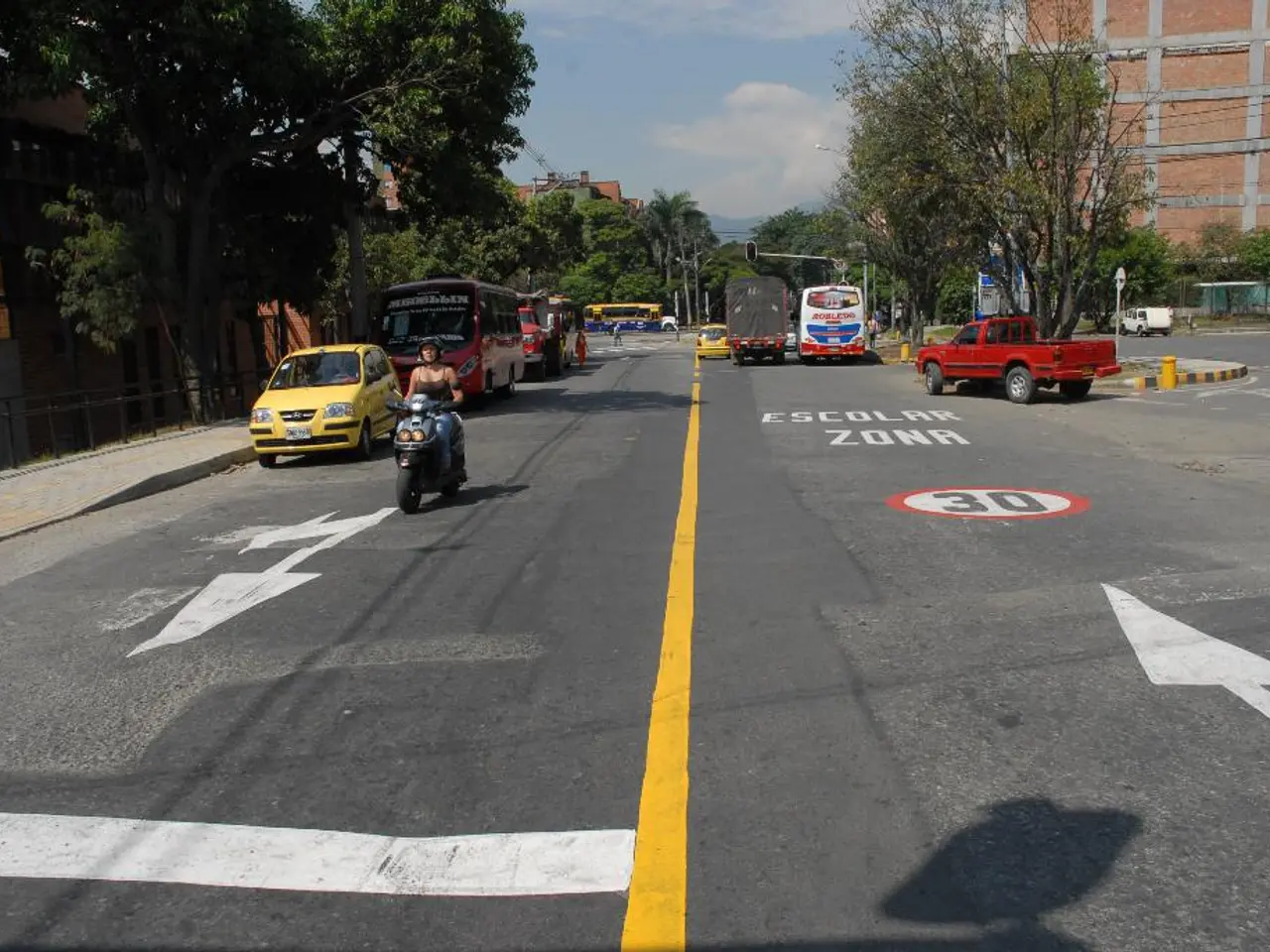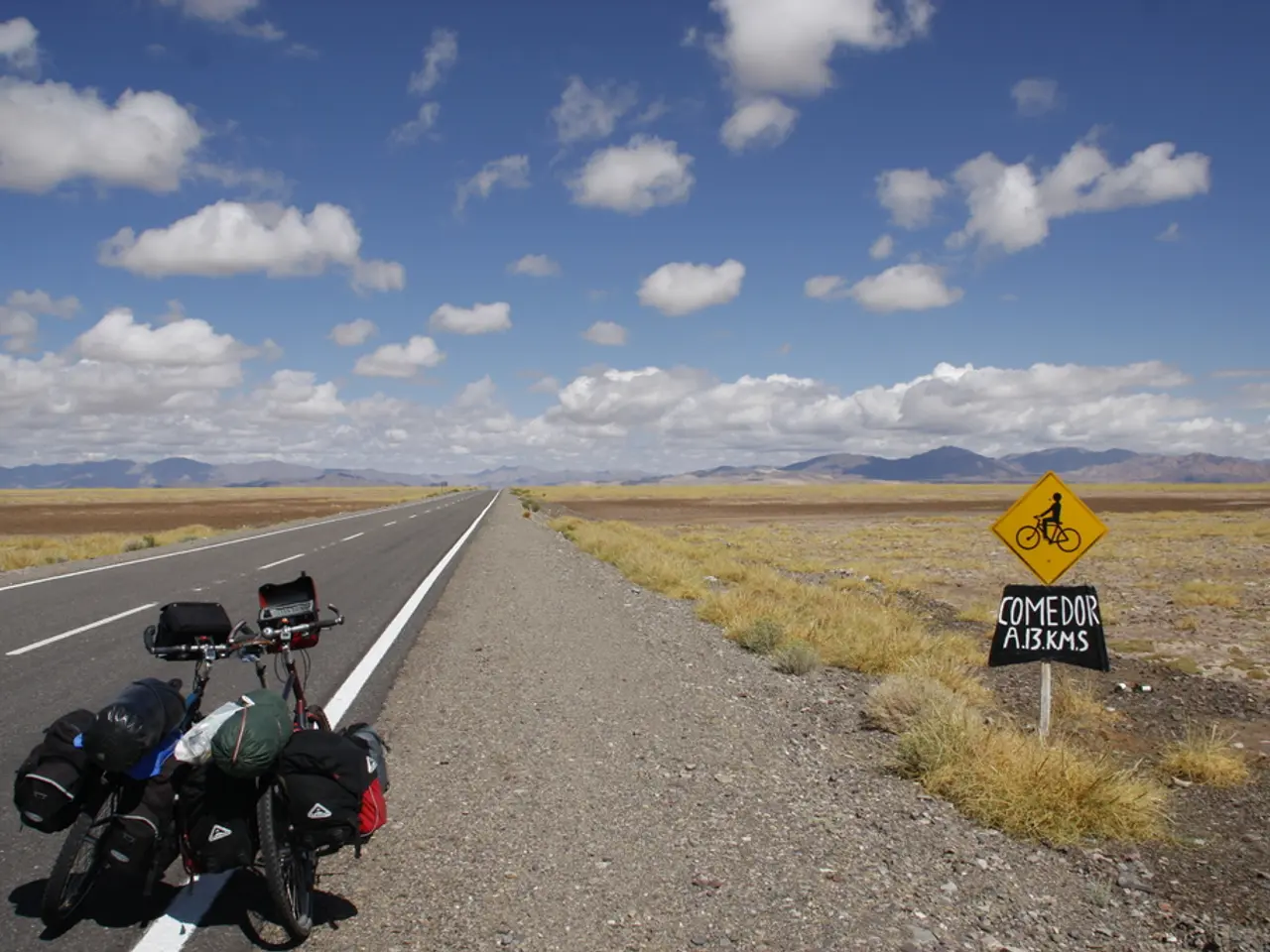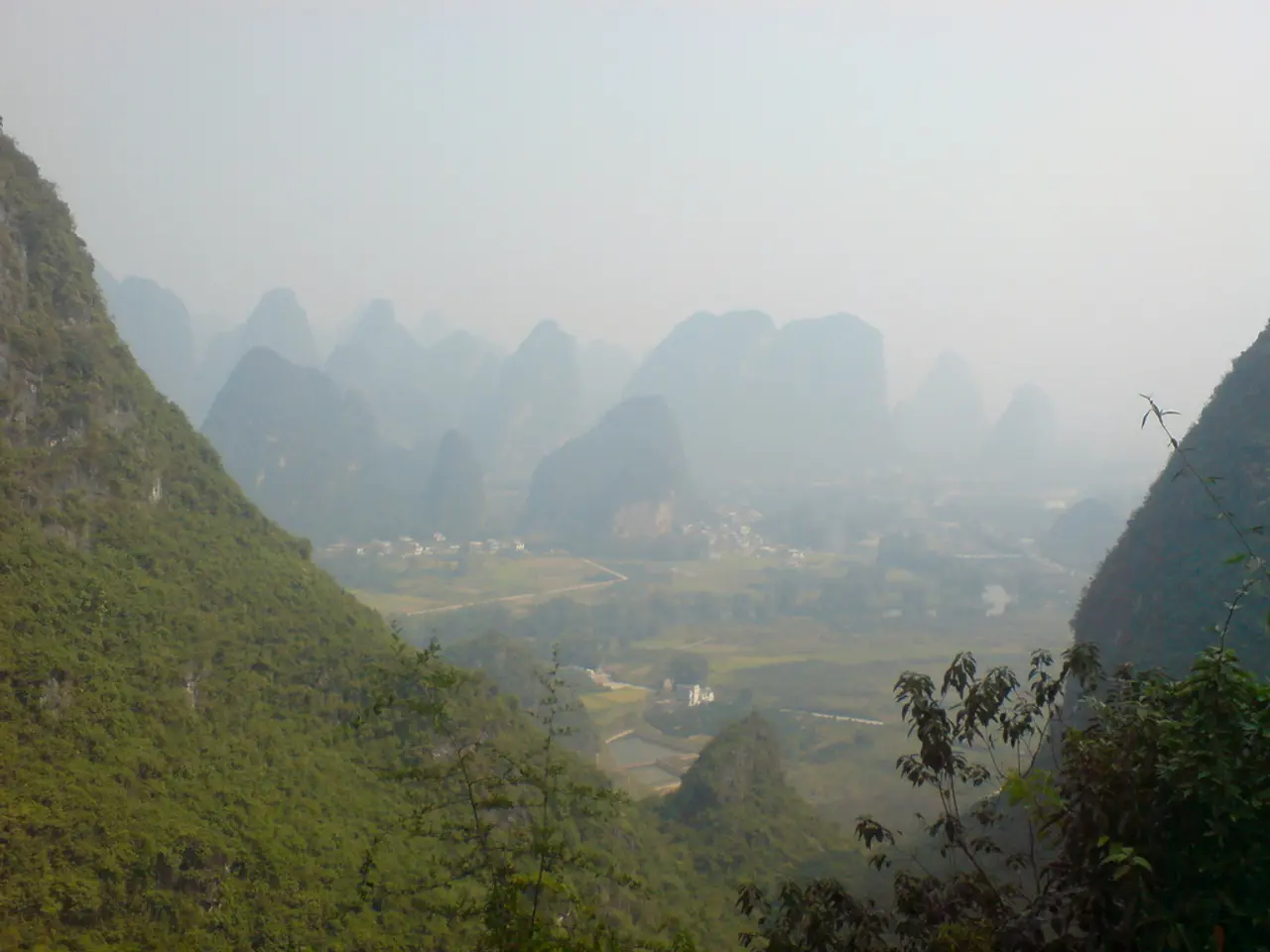Hawaii braces for tsunami following powerful earthquake in the US
In a series of events that sent shockwaves across the Pacific Rim, an 8.8 magnitude earthquake struck off the east coast of Russia's Kamchatka Peninsula on Wednesday morning local time. The powerful quake, which occurred approximately 85–119 km east-southeast of Petropavlovsk-Kamchatsky, triggered widespread tsunami warnings and alerts.
The United States National Weather Service's Tsunami Warning System was quick to respond, calling for urgent action to protect lives and properties. Hawaii, Alaska’s Aleutian Islands, Guam, American Samoa, and the US West Coast states of California, Oregon, and Washington were placed under tsunami advisories or warnings. Japan and Russia also issued their own tsunami advisories for local coasts.
While the Pacific-wide tsunami was weaker than initially feared, it was not without consequence. Most areas experienced relatively low tsunami waves of about 1 meter or less. However, a localized wave splash resulted in a 19-meter (62 ft) run-up on Shumshu Island near the Kuril Islands.
The earthquake's impact was not limited to the physical realm. Evacuations began in Russia’s Sakhalin Island and other impacted areas. In Japan, cars were seen heading away from coastal areas in Matsushima, Miyagi prefecture, as NHK urged people in certain areas to flee from the shore. The Japanese public broadcaster switched from normal programming to show information about the tsunami warning.
Damage and casualties were reported in Kamchatka Krai and Sakhalin Oblast, with moderate damage and multiple injuries. Japan experienced one indirect fatality and 21 injuries, mainly related to evacuation processes rather than the tsunami waves themselves. So far, damage has been minimal relative to other earthquakes of similar magnitude.
Local authorities remain on high alert, with continued monitoring and public safety communications ongoing. The US National Weather Service's Tsunami Warning System continues to flag potential tsunami waves hitting the Philippines and Russia, underscoring the need for vigilance and preparedness.
In summary, while the massive earthquake off Russia’s east coast triggered significant tsunami alerts and emergency responses across the Pacific Rim, actual tsunami impact has been moderate. Precautions have successfully mitigated larger human casualties, and ongoing efforts to monitor the situation will ensure the safety of those in the affected regions.
[1] National Oceanic and Atmospheric Administration. (2025). Tsunami Warning for Hawaii Issued After Powerful Earthquake. Retrieved from https://www.noaa.gov/news-release/tsunami-warning-for-hawaii-issued-after-powerful-earthquake
[2] Associated Press. (2025). Tsunami Warnings Issued Across Pacific After Major Earthquake. Retrieved from https://www.apnews.com/article/earthquakes-russia-hawaii-california-alaska-pacific-islands-fe25e07c5735a72a07e5c4ca3e11c7e3
[3] Japan Meteorological Agency. (2025). Tsunami Warning Issued in Japan Following Major Earthquake. Retrieved from https://www.jma.go.jp/en/tsunami/20250729-0001/index.html
[4] United States Geological Survey. (2025). Major Earthquake Strikes Off East Coast of Russia’s Kamchatka Peninsula. Retrieved from https://www.usgs.gov/news/major-earthquake-strikes-off-east-coast-russia-s-kamchatka-peninsula
- The National Oceanic and Atmospheric Administration (NOAA) issued a tsunami warning for Hawaii due to the environmental-science concerns arising from the powerful earthquake off the east coast of Russia.
- As the weather conditions evolved, many countries, including the United States, Japan, and Russia, took action by issuing their own tsunami advisories, highlighting the widespread impact of the earthquake on the environmental-science and weather parameters.








